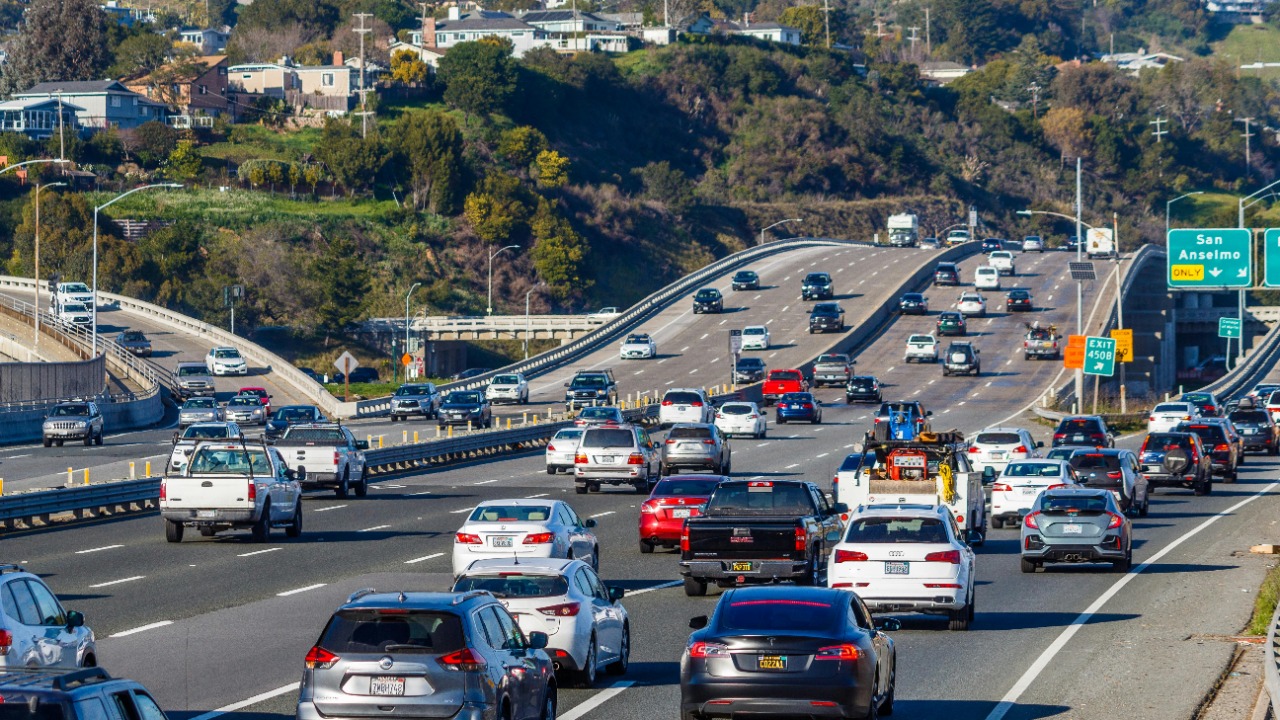
California’s Clean Air Vehicle (CAV) sticker program, which has allowed solo drivers of electric vehicles (EVs) to use high-occupancy vehicle (HOV) lanes, is ending its solo travel provision. Starting in early 2026, EV owners will need to add passengers or vacate the lanes. This change, resulting from a 2024 legislative decision, affects hundreds of thousands of vehicles statewide and could exacerbate traffic for non-EV drivers as solo EVs flood general lanes.[1] [2] [3]
Background on California’s HOV Lane System
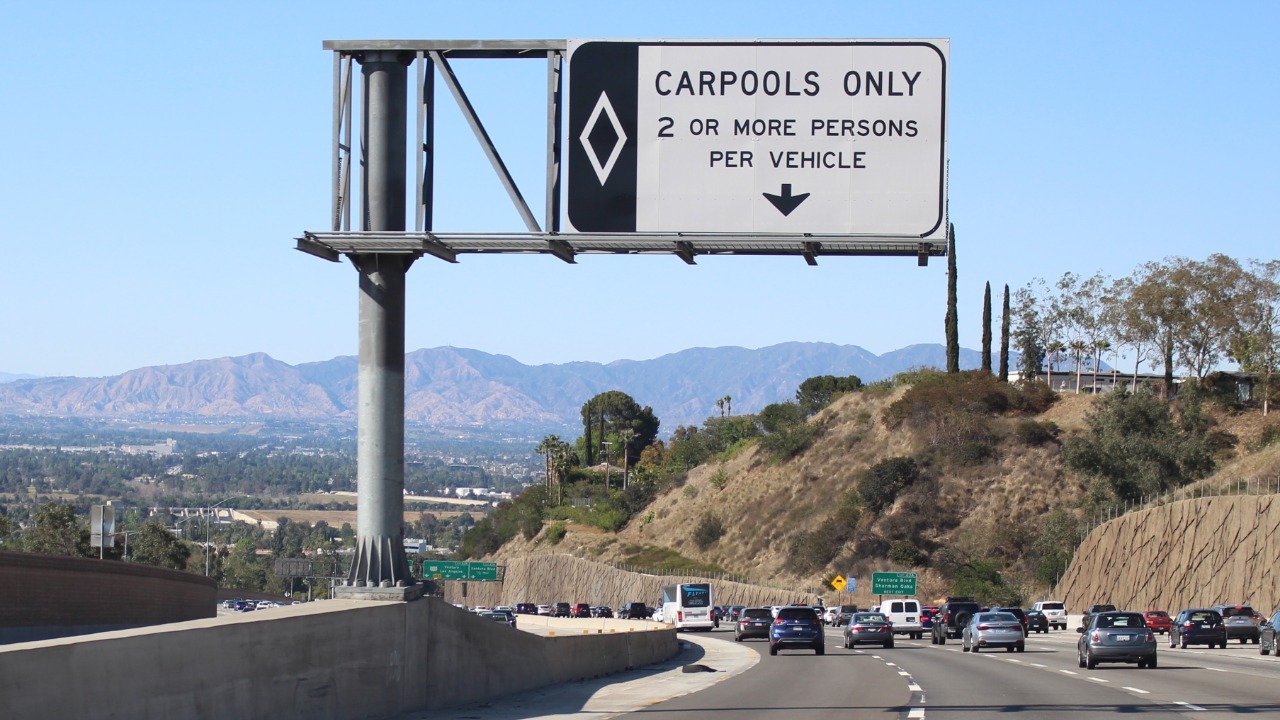
HOV lanes were designed to reduce emissions and traffic congestion by incentivizing carpooling. Enforcement varies by county, with areas like Los Angeles and Orange County implementing their own rules.[4] Traditionally, access to these lanes required at least two or three occupants depending on the lane designation. However, a 2018 update to the sticker programs extended benefits to low-emission vehicles beyond just carpools, marking a significant shift in policy.[4]
California’s HOV lane system is a complex network, with lanes spanning over 1,400 miles across the state. The system is managed by the California Department of Transportation (Caltrans), which oversees the rules and regulations for HOV lane usage. The lanes are typically located on freeways and are marked by diamond symbols and signage indicating the minimum occupancy requirements. The lanes are designed to operate at a minimum speed of 45 mph, even during peak traffic hours, offering a faster and more efficient travel option for carpoolers and qualifying vehicles.[4]
History of EV Access to Carpool Lanes
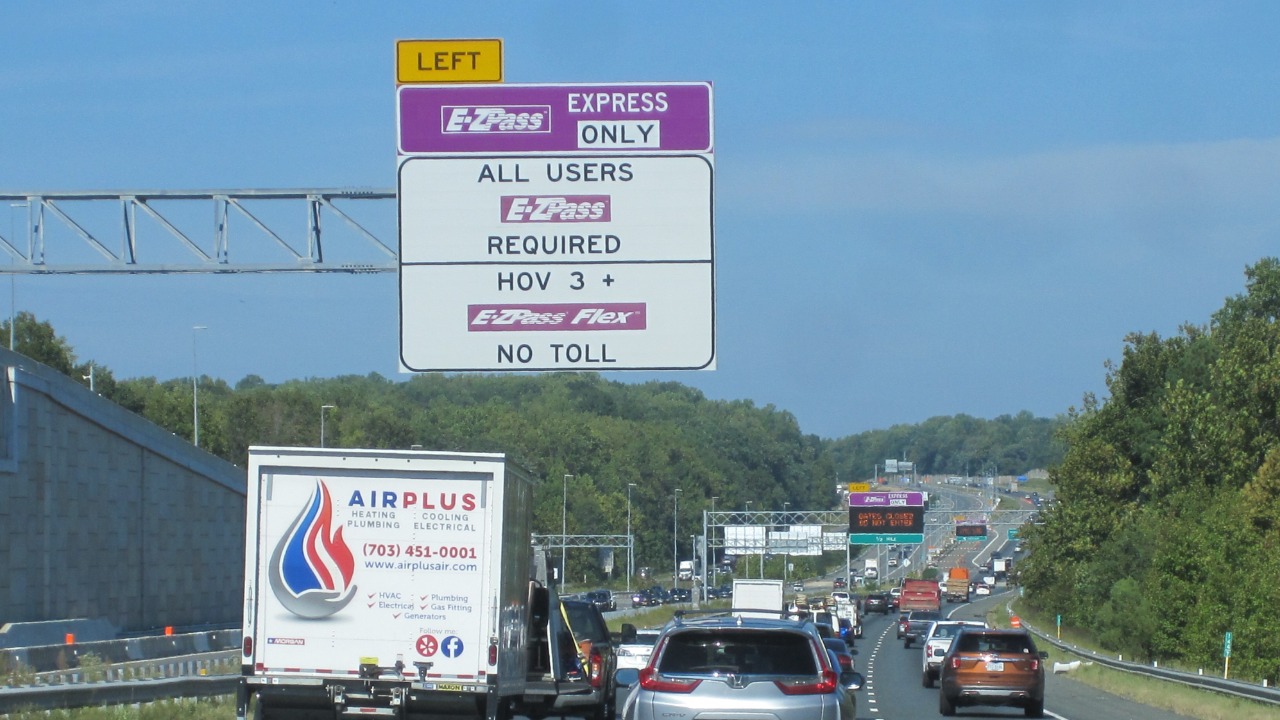
The introduction of Clean Air Vehicle decals in the early 2000s aimed to promote EV adoption by granting solo access to HOV lanes.[4] A 2018 revision clarified sticker validity periods and expanded the types of vehicles qualifying for solo HOV use, including plug-in hybrids. The program’s growth was significant, with over 100,000 stickers issued by 2025 to encourage zero-emission vehicle sales.[1]
California’s Clean Air Vehicle program was a pioneering initiative in the United States, setting a precedent for other states to follow. The program was a key part of California’s broader strategy to combat air pollution and reduce greenhouse gas emissions. By allowing EVs to use HOV lanes, the state aimed to incentivize the purchase of these vehicles, which produce zero tailpipe emissions. The program was successful in boosting EV adoption, with California leading the nation in EV sales. However, the program’s success also led to its downfall, as the increasing number of EVs using the HOV lanes began to impact their efficiency.[1]
The Decision to Phase Out Solo EV Privileges
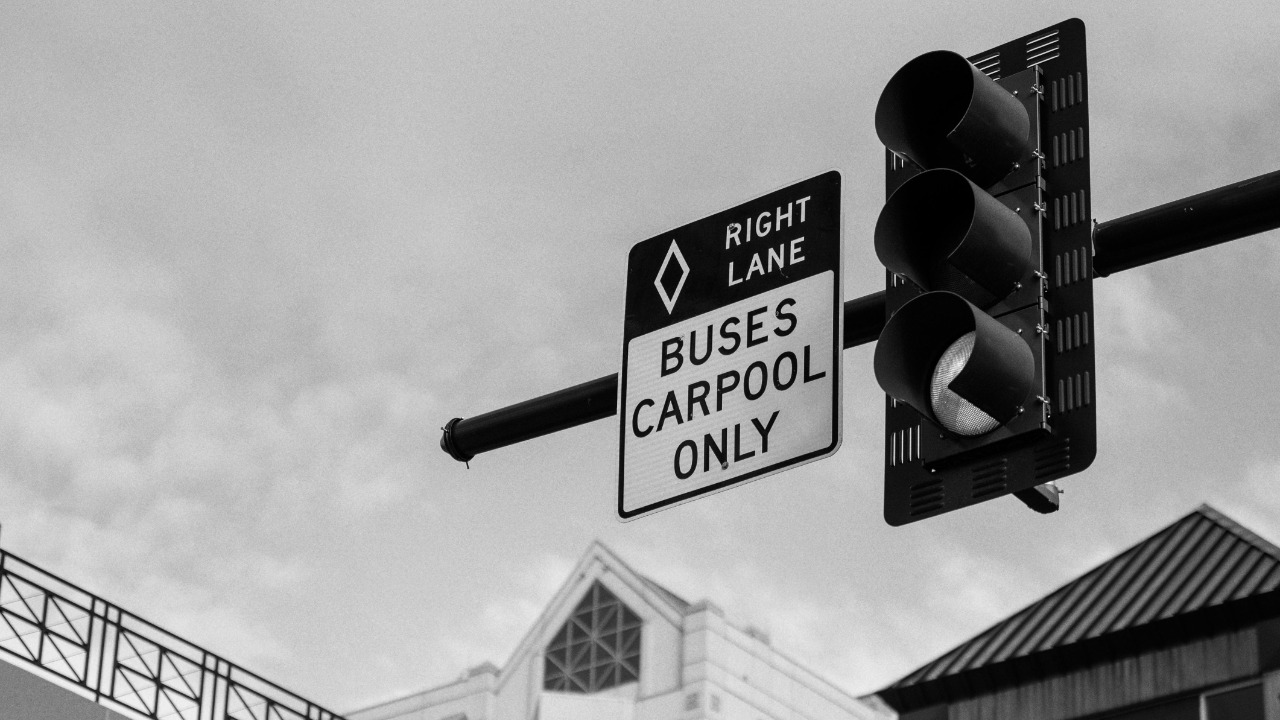
In 2024, California legislation mandated the end of solo travel in HOV lanes for vehicles with special CAV stickers, effective January 1, 2026.[3] The rationale behind this decision was the overuse of HOV lanes by solo EV drivers, leading to slowdowns in lanes originally intended for multi-occupant vehicles.[1] The sticker expiration for solo use was announced on September 11, 2025, impacting existing EV owners.[3]
The decision to phase out solo EV privileges in HOV lanes was not taken lightly. It was the result of extensive studies and public hearings, which highlighted the growing congestion in HOV lanes due to the increasing number of EVs. The decision was also influenced by the need to maintain the integrity of the HOV lane system, which was originally designed to encourage carpooling and reduce the number of vehicles on the road. The change was met with mixed reactions, with some applauding the move as a necessary step to preserve the efficiency of HOV lanes, while others criticized it as a setback for the state’s clean air goals.[3]
Immediate Impacts on EV Drivers
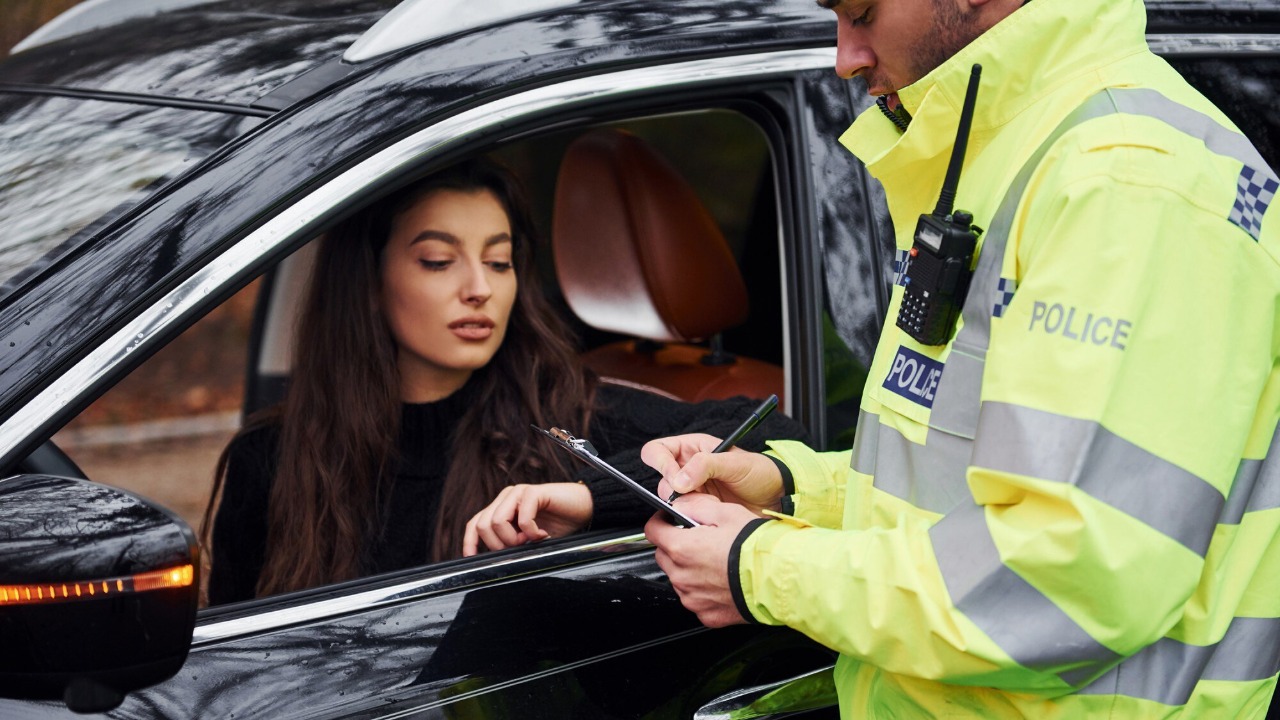
Solo EV drivers in areas like Southern California now must carry at least one passenger to use HOV lanes or face fines up to $500.[2] Approximately 150,000 active CAV stickers issued before 2020 will have their solo access revoked.[1] Personal stories from EV owners reported on October 2, 2025, express frustration over losing this key commuting perk.[1]
The immediate impact of the policy change on EV drivers is significant. Many EV owners purchased their vehicles with the expectation of being able to use the HOV lanes, and the loss of this privilege could affect their commuting times and overall driving experience. The change could also impact the resale value of EVs, as the ability to use HOV lanes was a major selling point for these vehicles. Furthermore, the change could discourage potential buyers from choosing EVs, which could have implications for the state’s efforts to promote clean energy vehicles.[1]
Broader Traffic and Congestion Effects
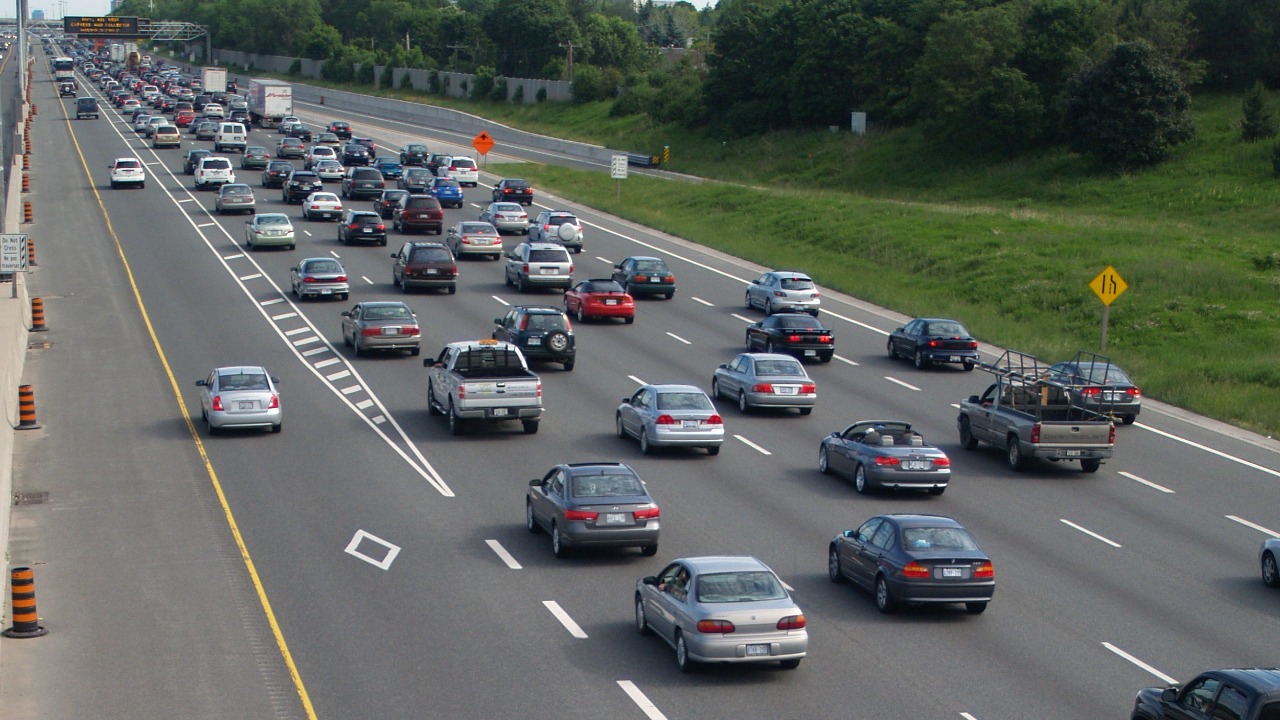
Projections from October 1, 2025, suggest that displacing solo EVs could add 10-15% more vehicles to general lanes during peak hours in urban corridors.[2] This could lead to spillover congestion in non-HOV lanes, particularly affecting solo drivers without stickers in high-traffic regions like the Bay Area and Inland Empire.[2] Enforcement challenges post-change include increased patrols to verify occupancy starting in 2026.[3]
The broader traffic and congestion effects of the policy change are also a major concern. The influx of solo EV drivers into the general lanes could increase congestion and travel times for all drivers. This could lead to increased frustration and road rage, potentially impacting road safety. The change could also put additional strain on the state’s transportation infrastructure, as more vehicles are funneled into the general lanes. On the other hand, the change could improve the efficiency of the HOV lanes, benefiting carpoolers and transit buses that rely on these lanes.[2]
Alternatives and Adjustments for Commuters
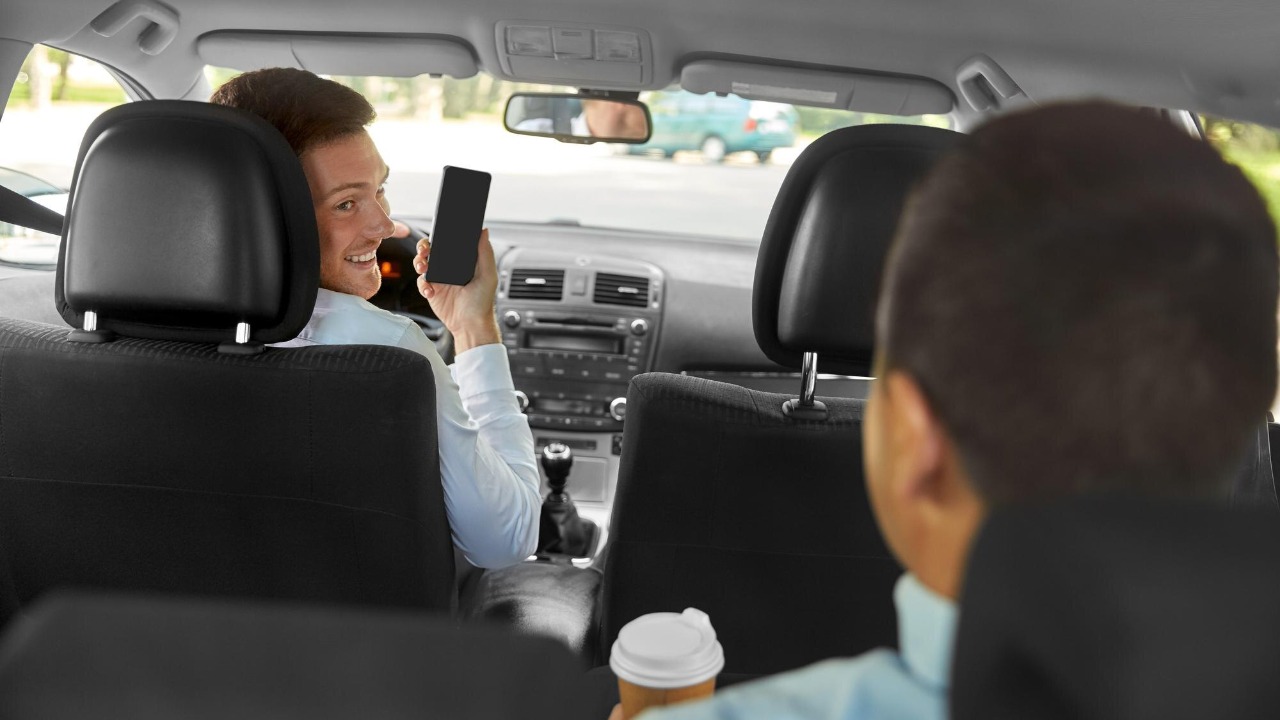
Former solo EV users can regain HOV access by using carpool matching apps or ridesharing services.[3] There are also incentives like extended sticker use for multi-occupant EVs or hybrids that meet stricter emissions standards.[4] Public transit or biking options in affected cities may become more attractive, especially with potential state funding boosts announced in late 2025.[1]
With the loss of solo EV privileges in HOV lanes, commuters are exploring various alternatives and adjustments. Some are considering carpooling, either with colleagues or through carpool matching apps. Others are looking at public transit options, such as buses and trains, which could become more attractive if congestion in the general lanes increases. Biking and walking are also viable options for those living close to their workplaces. The state is also exploring ways to support these alternatives, such as improving public transit services and infrastructure, and promoting carpooling and active transportation.[3]
Future Policy Implications for EVs in California
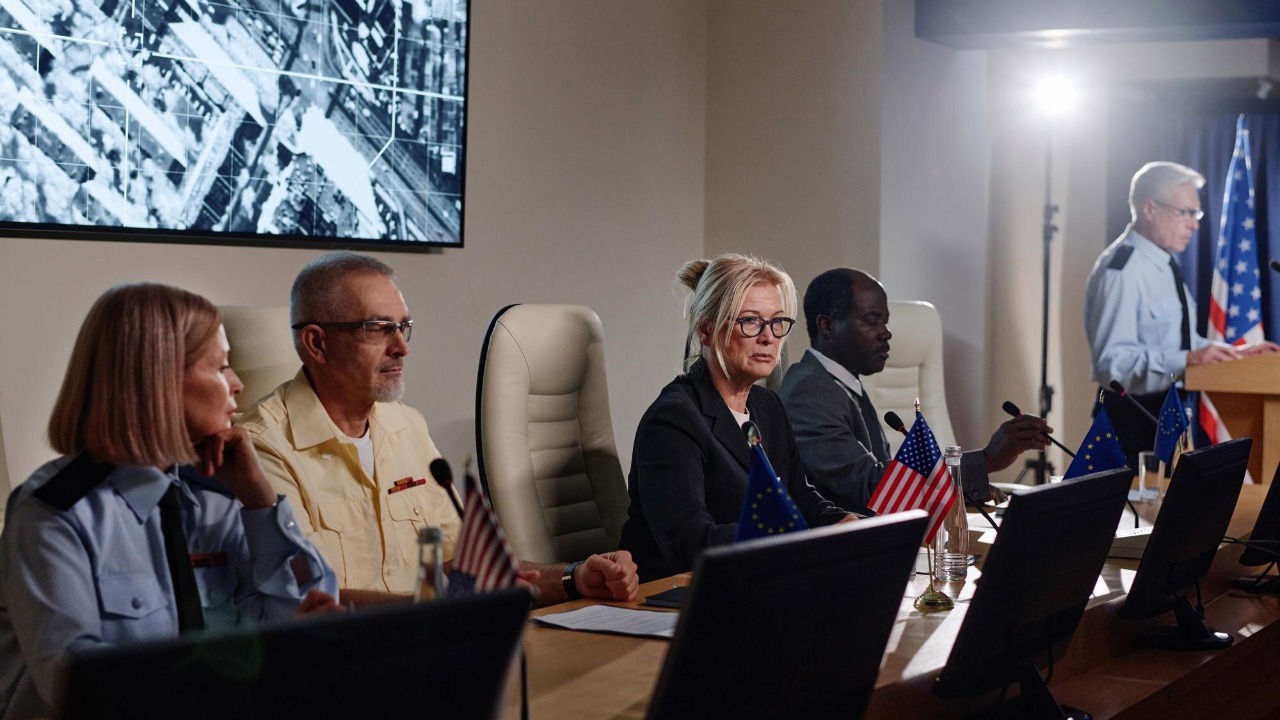
Debates on replacing HOV perks with other EV incentives, such as rebates or charging infrastructure, are expected based on 2025 legislative reviews.[1] Other states are monitoring California’s October 2025 policy shift for their own HOV programs.[2] Long-term environmental goals will need to weigh reduced EV adoption against HOV lane efficiency gains.[3]
The phasing out of solo EV privileges in HOV lanes could have far-reaching implications for future policy decisions regarding EVs in California. The state will need to find new ways to incentivize EV adoption, such as offering rebates, improving charging infrastructure, or introducing congestion pricing. The policy change could also influence the design of future transportation infrastructure, with a greater emphasis on carpooling and public transit. Furthermore, the change could serve as a case study for other states and countries considering similar policies, providing valuable insights into the challenges and opportunities of managing HOV lanes in a world increasingly dominated by EVs.[1]